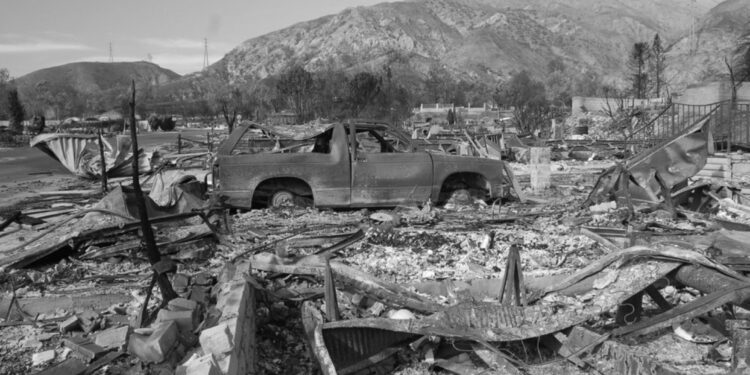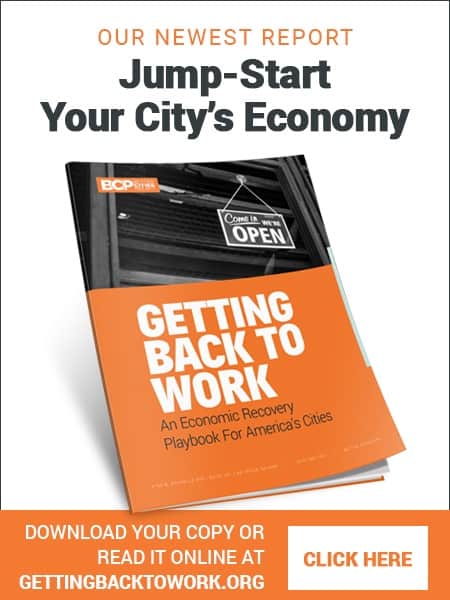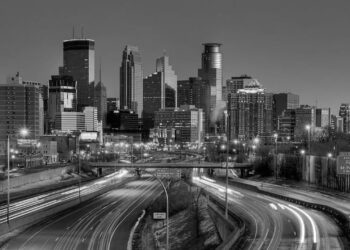As Patrick Sisson reports in Fast Company, the new guidelines apply to homes in “very high fire hazard severity zones” and restrict certain materials—like mulch, fencing types, and even specific plants. The changes reflect solid research: landscaping choices do affect a home’s vulnerability to fire.
Still, implementation has raised concerns. Homeowners report having permits delayed or revoked based on rules they hadn’t heard about. Some say they’ve had to redesign projects already underway. Others have filed lawsuits. The complaint isn’t about the policy itself, but about the lack of clear notice and consistent enforcement.
The broader challenge is familiar. Cities across the country are adjusting land use rules to address climate risks—from wildfires to floods to extreme heat. But while the goals may be widely shared, the execution matters. Residents can’t comply with regulations they don’t understand or don’t know exist.
One planner put it plainly: “The rules are good. The rollout wasn’t.”
Good intentions don’t substitute for good process. As cities adapt to new environmental realities, the emphasis should be on transparency, consistency, and giving property owners a fair chance to get it right.









